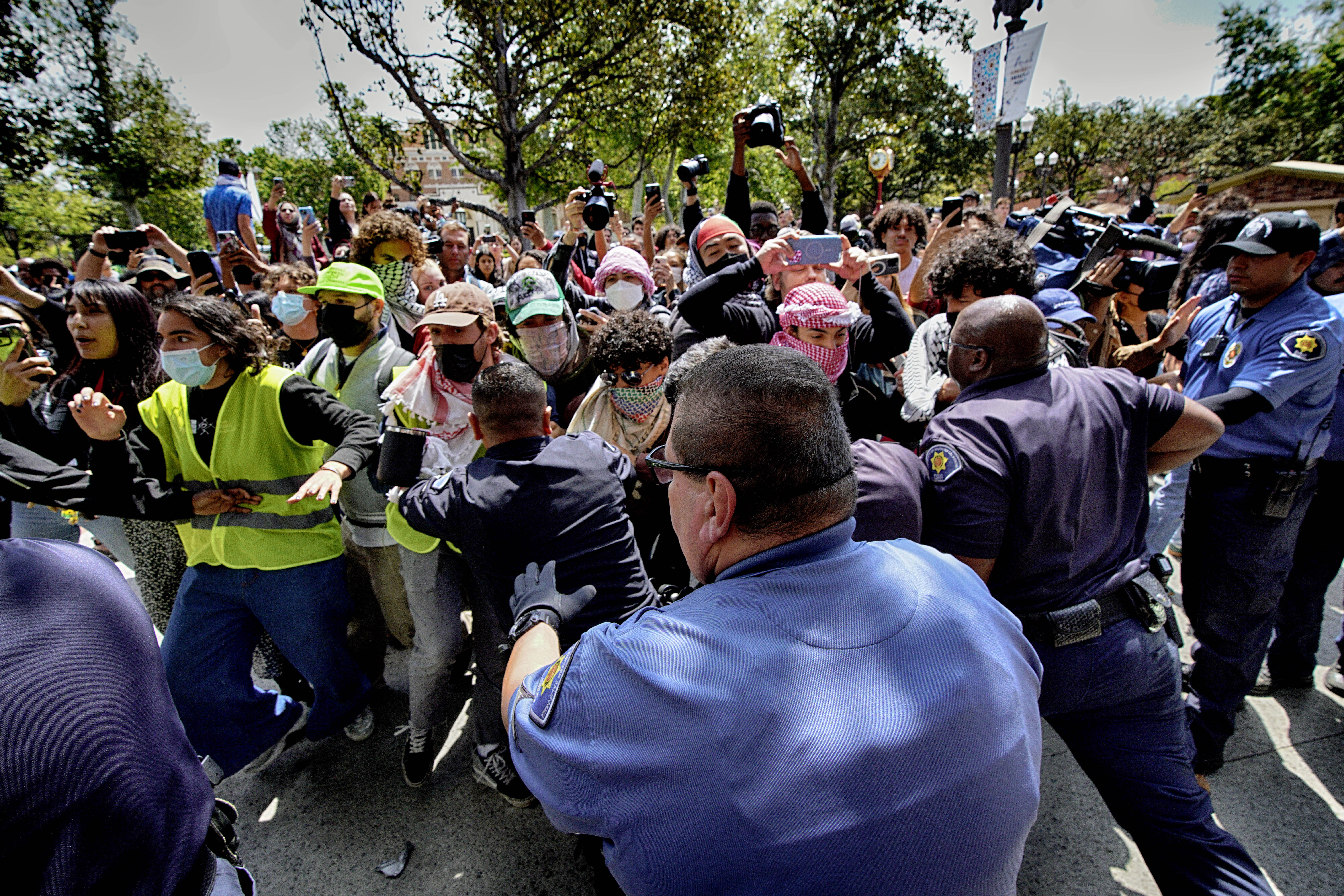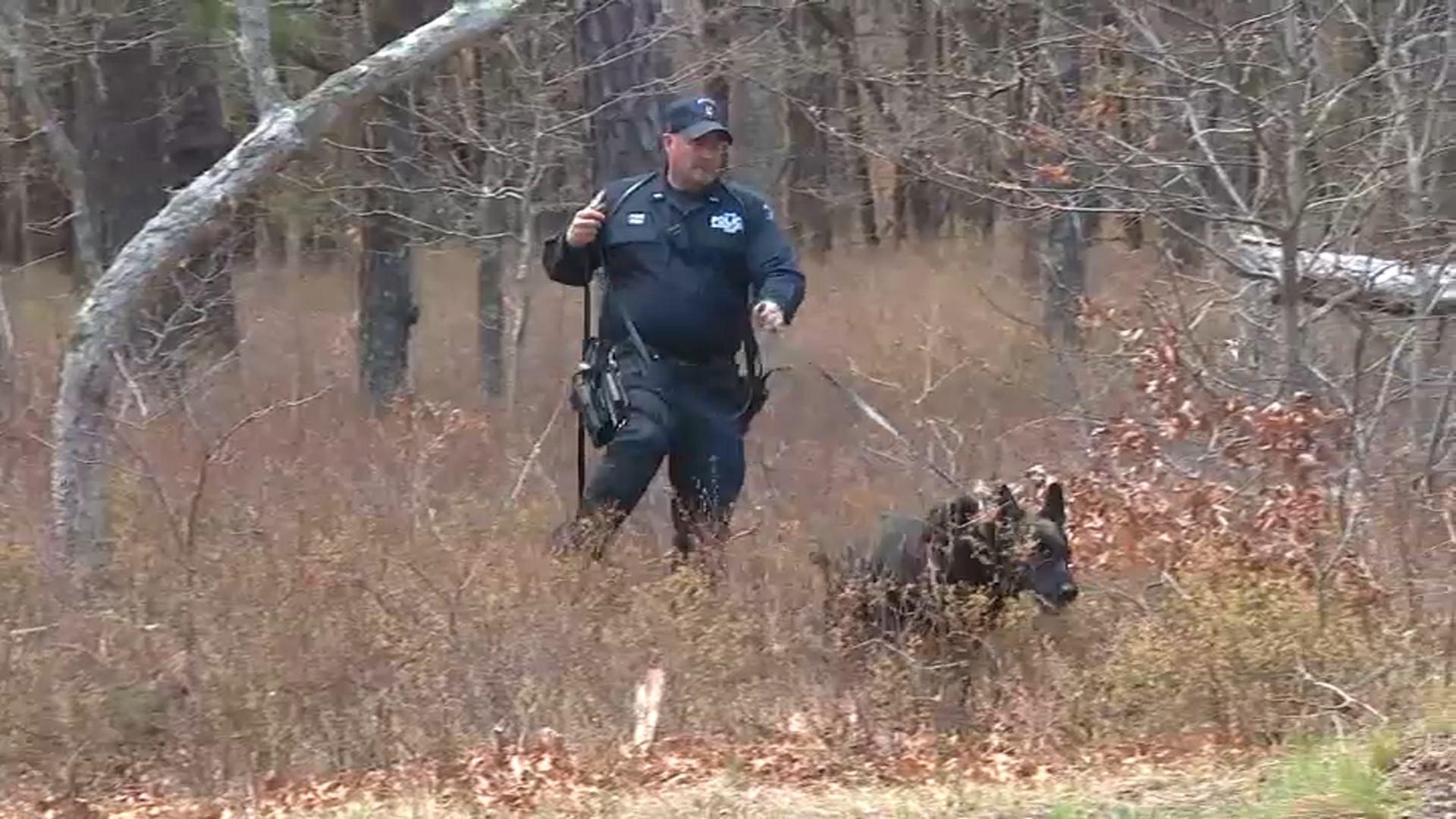What to Know
- The NYPD said that between June 1 and July 7, there were 39 teenage victims of gun violence across the five boroughs, six of whom were killed
- It comes amid a concerning spike in shootings; according to the department, police recorded 63 shooting incidents last week compared with 26 from the same period the year before
- Police officials have blamed city leaders and lawmakers for slashing the NYPD budget and yielding to the demands of protesters, while the mayor pinned the blame on courts, which promptly fired back
A 17-year-old basketball star from the Bronx heading for college in the fall. A 14-year-old standing on a street corner in Queens. A 15-year-old riding a scooter in Manhattan.
Each in different boroughs, but each with one thing in common: Becoming a victim of the rising tide of gun violence in New York City.
Amid the drastic and alarming spike in shootings over the past five weeks, teenagers in the city have made up a significant portion of the victims. The NYPD said that 39 teens had been shot between June 1 and July 7, with six being killed as a result.
Among those victims killed was Brandon Hendricks, who exceeded on the court and in the classroom, and was set to attend St. John's University in the fall. He was shot in the neck on late on June 27, and died hours later — just days after graduating from James Monroe High School.
Also hit particular hard have been minority communities. Earlier in the week, the NYPD said that all of the gun violence victims in July have been from minority communities, as were 97 percent of June's shooting victims.
News
The overall violence in the city seemingly reached a crescendo over the July 4th weekend, with 44 shooting incidents and 63 total victims. Over the same period in 2019, there were 16 incidents and 21 victims. Chief Rodney Harrison said that on July 5, there were 37 people shot within the first nine hours of the day and at least three of those people died.
Later on Sunday, police say a 29-year-old man was gunned down in his car with his 4-year-old daughter inside at 221 East 170 St. just before 6 p.m. The man died from his injuries but his daughter was unharmed. A few miles away from that incident, a 15-year-old boy was shot in the chest and rushed to the hospital. Just a few hours later, a shooting involving three men in an argument at 306 East 171 St. left a 22-year-old man and a 23-year-old man dead.
The violence continued on Monday. A 14-year-old was critically injured while standing on a street corner in the St. Albans neighborhood of Queens when two suspects came up to him and shot him in the neck and torso. It was unclear what led up to the shooting.
The weekend's bloodshed was far from an anomaly: The NYPD says there was significantly more gun violence and homicides in June compared to the same month in 2019. The week of June 29 in 2019, there were 33 shooting victims in the city; in the same week this year, there were 101 — and increase of more than 200 percent.
There were 39 homicides last month, nine more homicides last month than in June 2019. And shootings citywide more than doubled, going from 89 in 2019 to 205 this year, with increases in each one of the city's five boroughs. Likewise, the city saw more than twice as many burglaries this year.
Despite all that, gun and shooting arrests are down 62 percent over the past week as compared to the same time last year.
But other major crimes -- including rapes, robberies, grand larcenies and hate crimes -- saw double digit percentage decreases last month. Overall arrests were also down by more than 40,000, according to NYPD figures.
NYPD Commissioner Dermot Shea, in an impassioned interview on NY1 Monday morning, laid the blame for the increase in violence squarely at the efforts to decrease the population of Rikers -- in part due to COVID-19, but also due to long-term plans to close the jail.
“Look at the Rikers population of the last year … ask a sane person. It’s about half. Where is that other half right now? We’ve transplanted general population to the streets of New York City, and it’s extremely frustrating," Shea said.
Other top police brass have said some officers are stepping back on enforcement given the ongoing protests and the new use-of-force laws that have left officers acting more guarded, and believe that communities need to help set priorities.
While going over June's crime numbers, Chief of Department Terrence Monahan echoed some of Shea's sentiment, but also blamed the rise in crime on myriad reasons including bail reform enacted by the state legislature in January, a reluctance by prosecutors to go after so-called "quality-of-life" offenses, the closure of courts because of the pandemic, the disbandment of an anti-crime unit tasked with getting guns off the street, a so-called "diaphragm law" that bans the use of chokeholds and other restraints where officers put their weight on suspects and the wave of anti-police sentiment and protests he said "absolutely crushed the morale of our cops."
"This not one reason for the violence we've seen," Monahan said. "There are many reasons...I've said this before: The animosity against police out there is trmendous."
NYPD leadership called out city officials on Twitter, demanding action and pleading for help to stop the overwhelming violence. But Mayor Bill de Blasio subtly rejected the notion that it was just the emptying of Rikers to blame.
“It’s not because of one thing, let’s be really clear, there’s not one cause for something like this," the mayor said at a Monday morning news conference, citing a confluence of events like the coronavirus, court closures, simmering tensions after months of confinement, a still-sputtering economy and more. "The court system is not functioning. When our police effectuate an arrest, they don't have the same follow through they're used to seeing from the court system."
A spokesperson for the New York State Courts said that de Blasio pinning some of the blame on courts being closed is "absurd, patently false and ridiculous," and went on to take a direct jab at the mayor.
"The Courts have operated continuously throughout the pandemic, arraigning defendants, holding hundreds of hearings, and conferencing thousands of cases," spokesperson Lucien Chalfen said. "He (de Blasio) should be looking in the mirror, not gazing out a window."
Queens District Attorney Melinda Katz and Bronx District Attorney Darcel Clark and both agreed, saying the courts are not to blame for the surge in shootings.
"It's not going to be resolved simply by prosecuting. We need to work with the communities, they need to feel safe about reporting.. They need to feel safe being witnesses in our cases," Katz said.
"We all know that when something happens on your block, in your building, or in your neighborhood, people know who did it. We need people to let us know who is causing this harm," said Clark. She believes that communities of color need more resources — schools, healthcare, drug treatment, etc. — and that when it comes to gun violence, police and the community together have given up on the progress that had been made.
"Those gun-toters need to beware that we know how to get this work done, and we're not going to stand for them holding our communities hostage," she said.
The mayor said the problem was particularly acute in Harlem and northern Manhattan, and said he would meet with community leaders via video conference Monday to discuss a way forward, which might include changing police deployment strategies.



